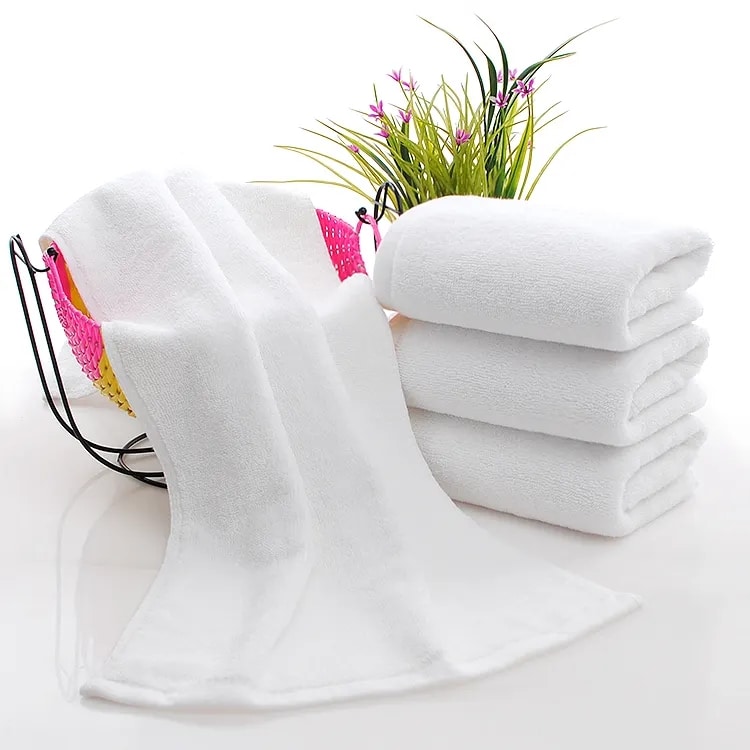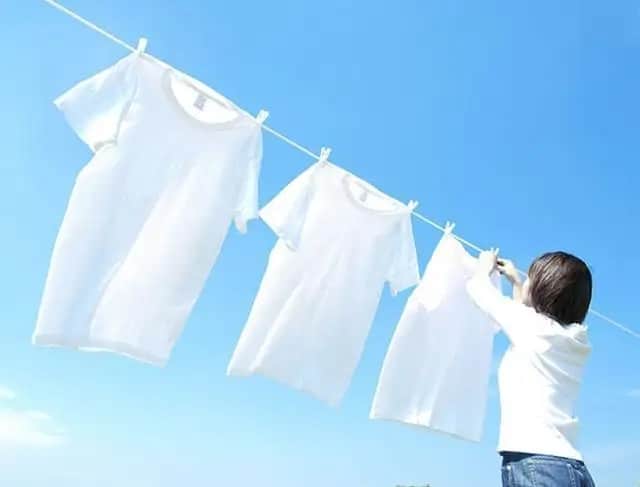
Cellulose fibers, protein fibers and their blended fabrics with chemical fibers can be bleached with hydrogen peroxide, and the whiteness and whiteness stability of the bleached products are good; In addition, hydrogen peroxide has a wide range of applications and can be used such as dip bleaching, drench bleaching, roll bleaching and other processing processes, which can be treated in the same bath with desizing and refining at the same time. It is a kind of bleach with great development prospect. However, this does not mean that hydrogen peroxide bleaching technology has reached a “perfect” level.
There are still two urgent problems to be solved in practical application

On the one hand, hydrogen peroxide in the bleaching process is very unstable and easy to decompose. It will accelerate the decomposition in the presence of alkali metal ions, especially transition metal ions, which will reduce the utilization rate of hydrogen peroxide and damage the fabric. Under the catalysis, the decomposition of hydrogen peroxide will be accelerated.
Some transition metal ions such as manganese, copper, iron and cobalt will catalyze the decomposition of H202 and produce free radicals, which will catalyze the ineffective decomposition of H202, affect the bleaching efficiency of H202, lead to the degradation of carbohydrates, and even cause holes in the fabric. Transition metal ions can form complexes with alkaline earth metal ions such as Mg2 + and Ca + to passivate them, so as to protect carbohydrates and reduce the ineffective decomposition of H202. Therefore, the transition metal ions in the bleaching solution must be effectively removed and the distribution of metal ions must be controlled before H202 bleaching.

On the other hand, in terms of hydrogen peroxide bleaching process, the traditional process has long treatment time, high energy consumption and great damage to the fiber, especially for alkali resistant fiber and protein fiber, the strength of the fabric decreases more seriously. If hydrogen peroxide cold pad batch process is adopted, the bleaching quality is easily affected by environmental temperature, stacking time and dip rolling amount, and the quality stability of the product is not easy to control.
In view of the problems existing in hydrogen peroxide bleaching process, it is necessary to find suitable ways to improve it oxygen water bleaching is the focus of research.

